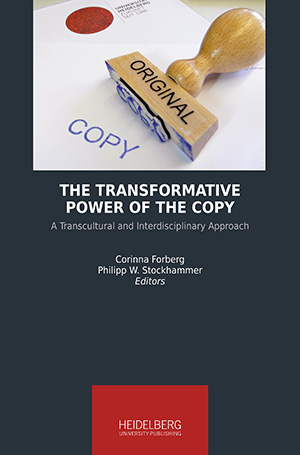How to Cite
License (Chapter)

This work is licensed under a Creative Commons Attribution-ShareAlike 4.0 International License.
Identifiers (Book)
Published
The Copy of an Empire? Charlemagne, the Carolingian Renaissance and Early-medieval Perceptions of Late Antiquity
Abstract The term “Carolingian Renaissance” was coined by the French historian Jean-Jacques Ampère in 1830, but its wide-spread use goes back to his Austrian colleague Erna Patzelt and her essay “Die karolingische Renaissance” written in 1924. Since that time, it has served as an icon for the cultural revival in early-medieval times and has been heavily utilized by historians, art historians, and archaeologists. Based on passages from Carolingian key authors like Alcuin and Einhard, who praised their emperor for his revival of antique laws, customs, and building traditions, it is believed that ninth-century Frankish society made large-scale investments in the creation of copies of antique art and architecture. A topic hitherto unresearched is the question of a Carolingian concept of copies. How were (late) antique art and architecture perceived in the ninth century? Were they understood as “heritage”, as a reminder of a glorious past worth copying? The Marienkirche in Aachen is often interpreted as a Frankish attempt to establish equality between the “old” eastern and “new” (recreated) western emperor by architectural means, its main instrument being copying existing imperial architecture. But how much of sixth century Ravenna was needed as inspiration for ninth-century Aachen?
Keywords Carolingian Renaissance, Charlemagne, late antiquity, palatial architecture, copies of ancient art






